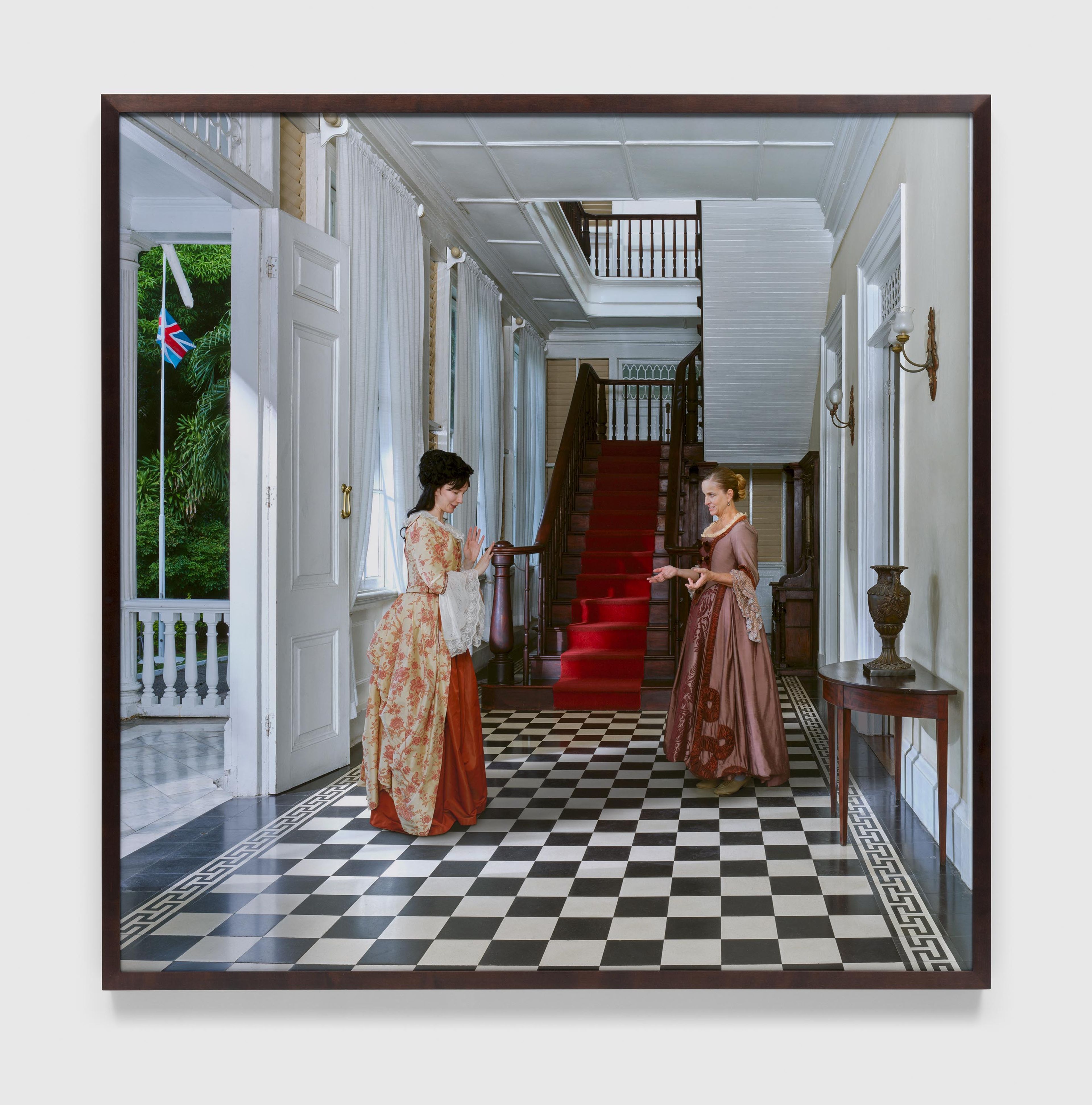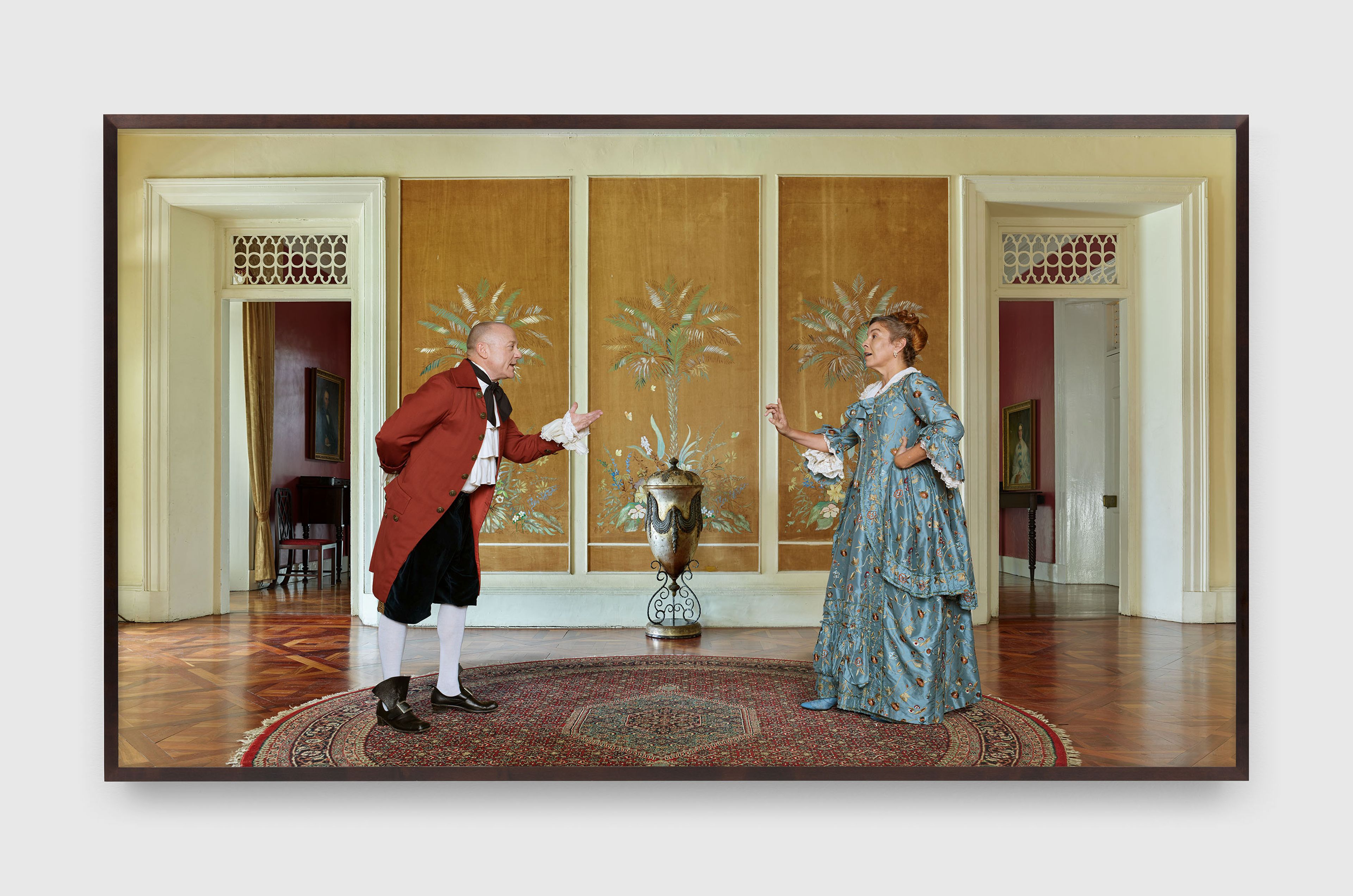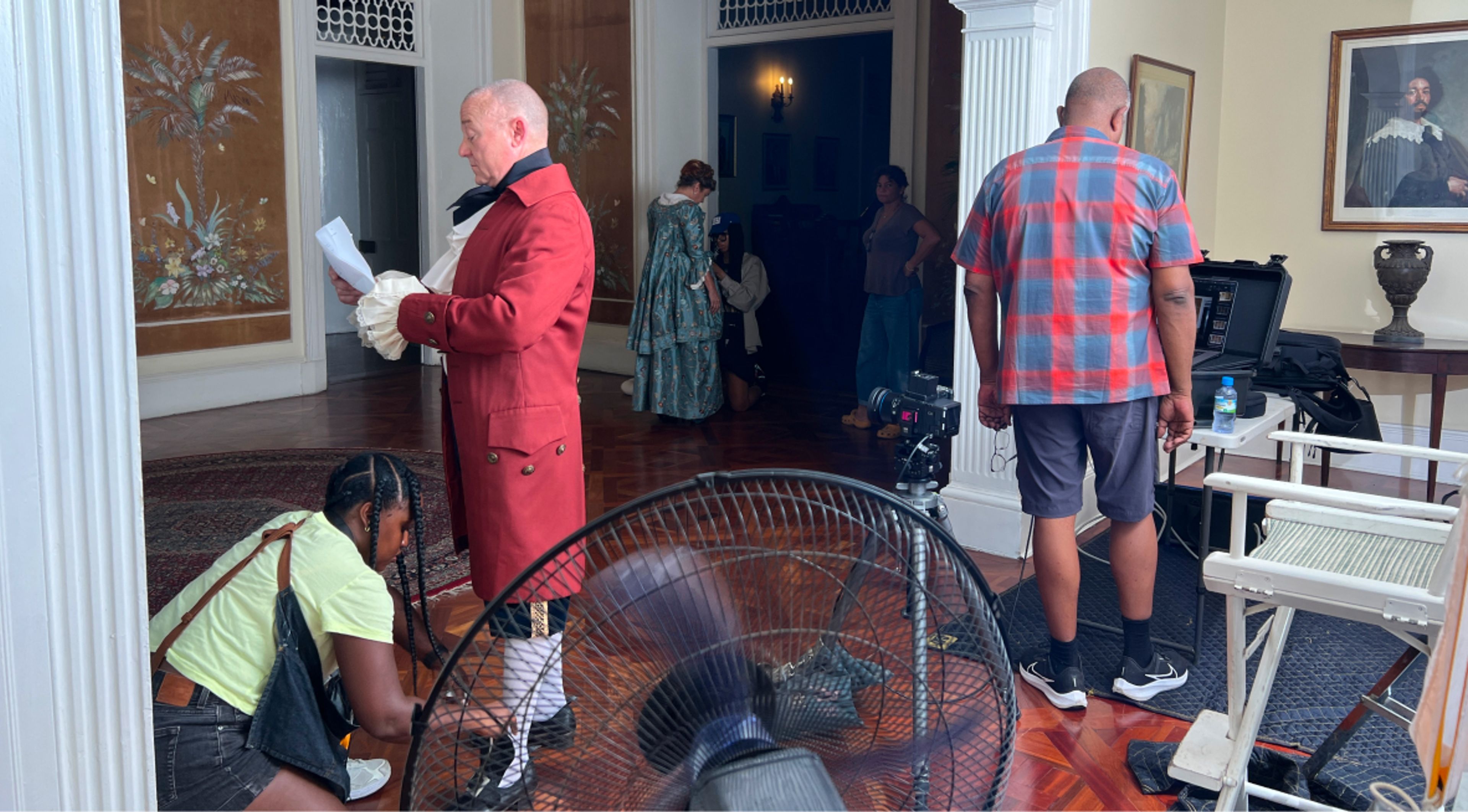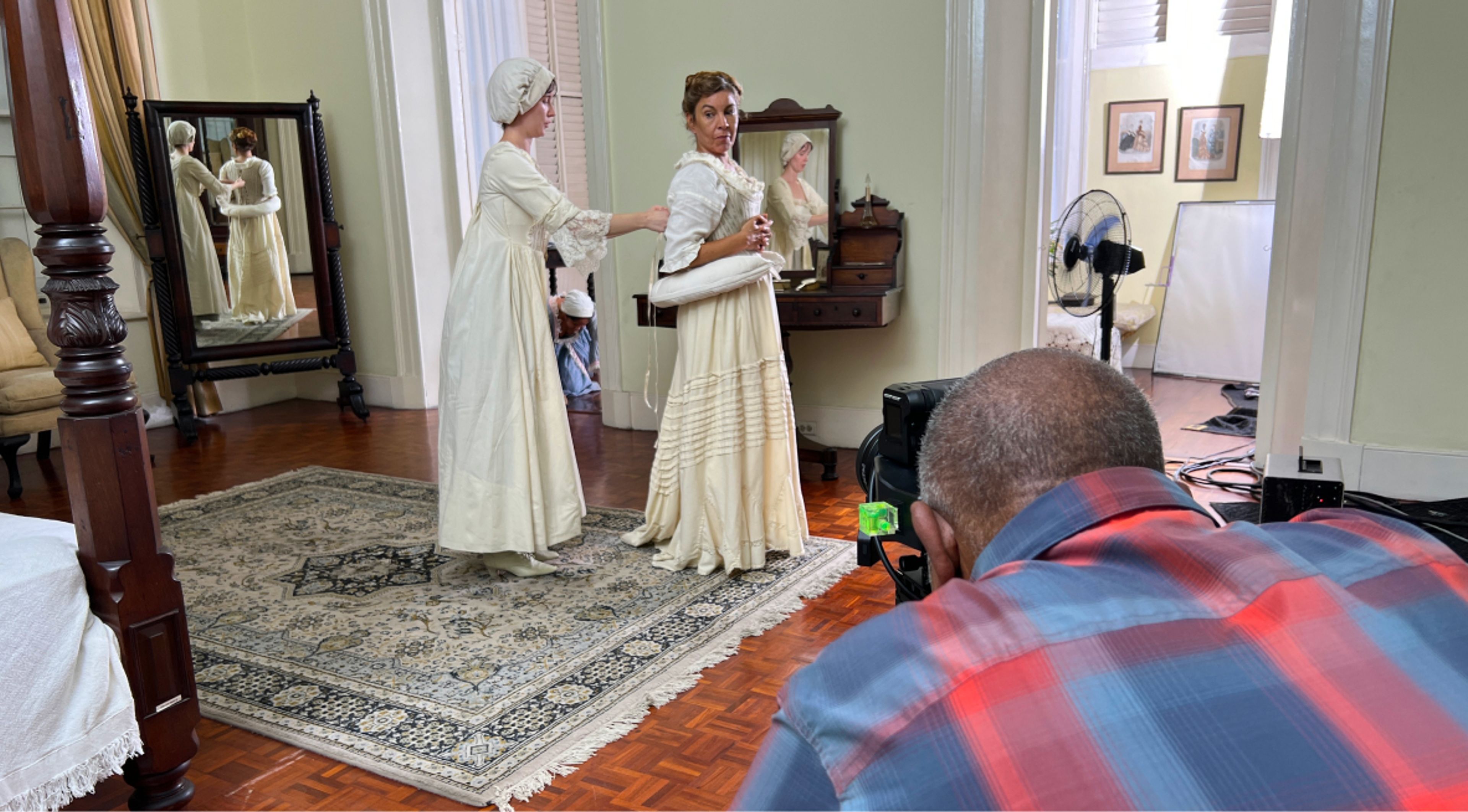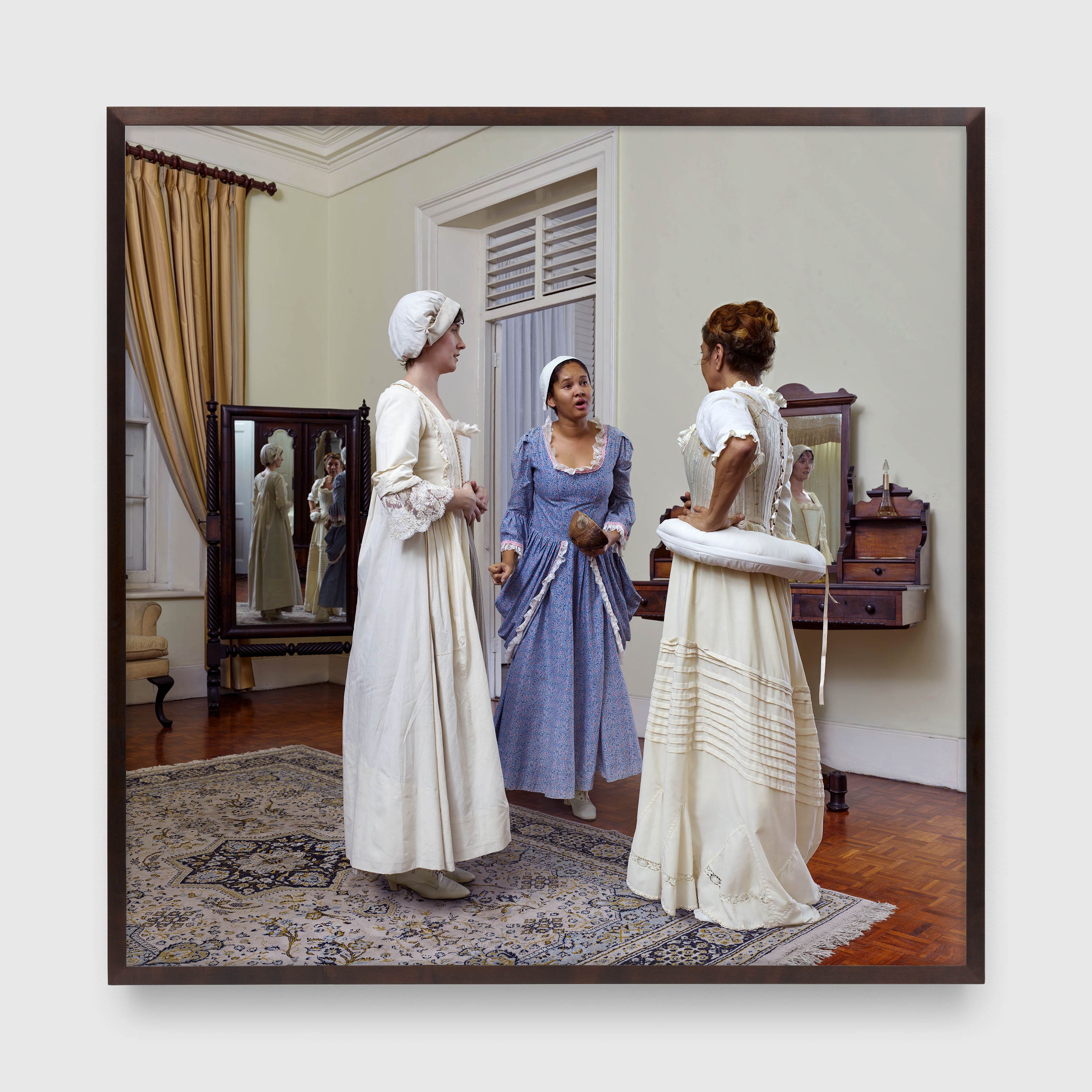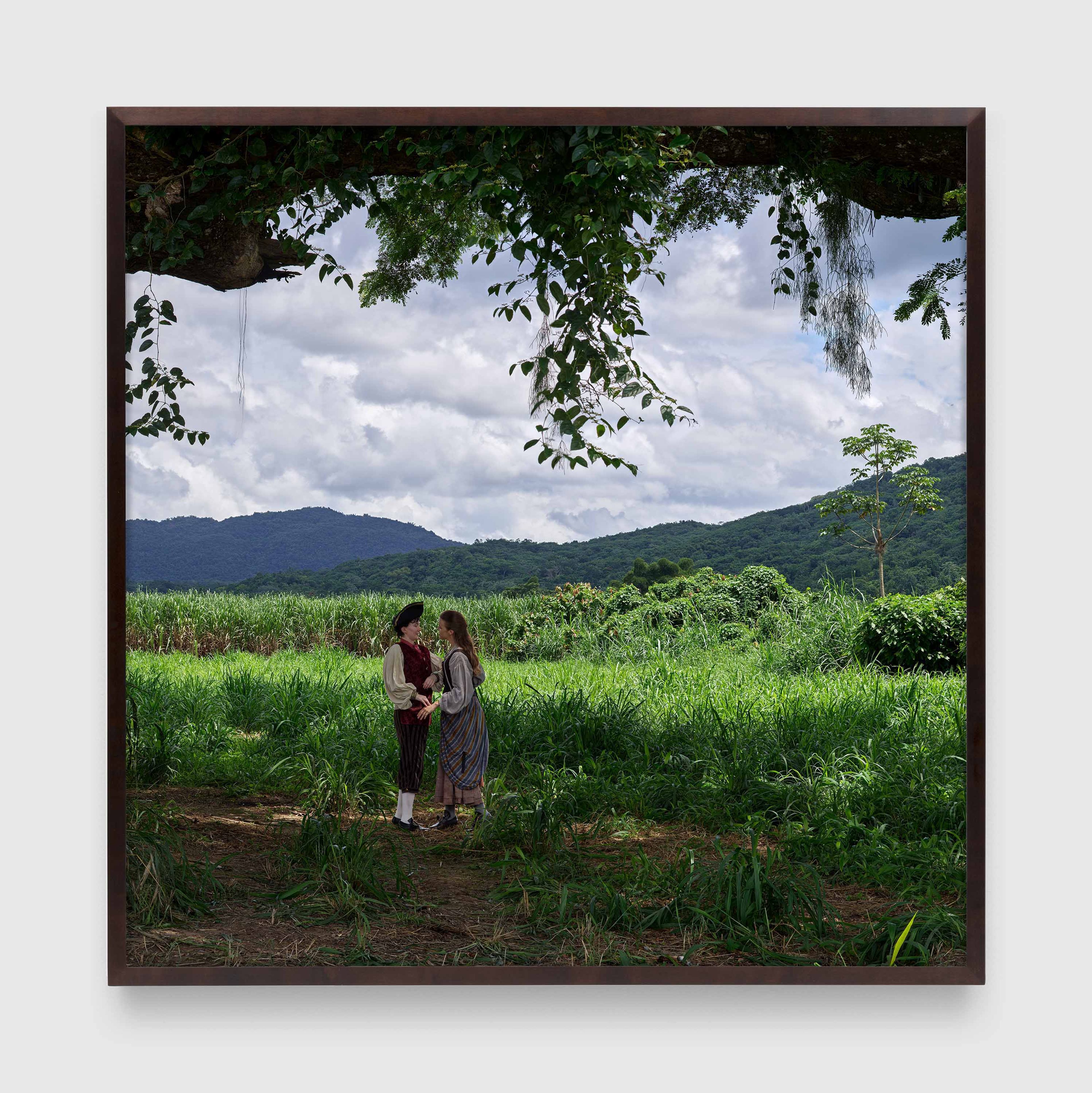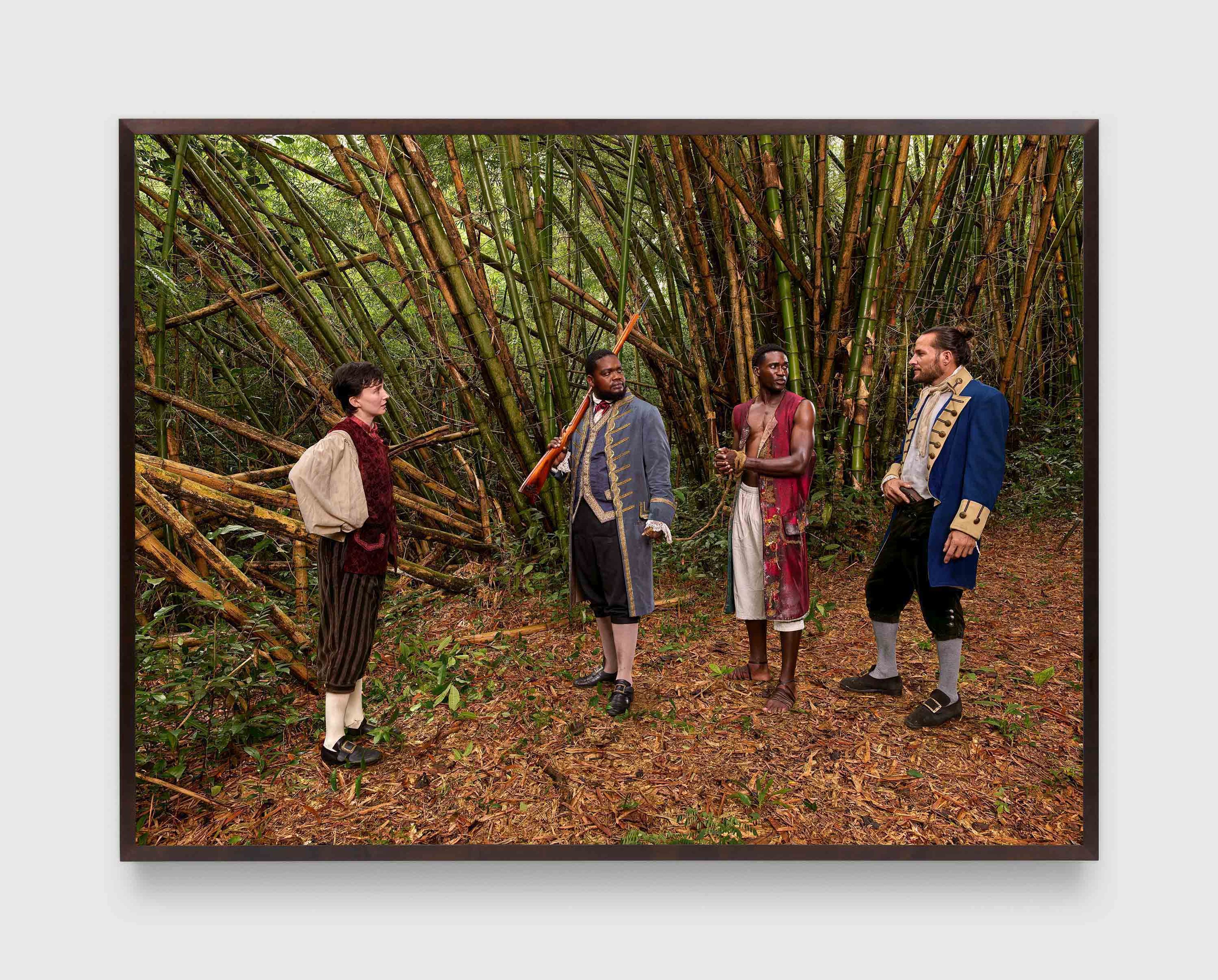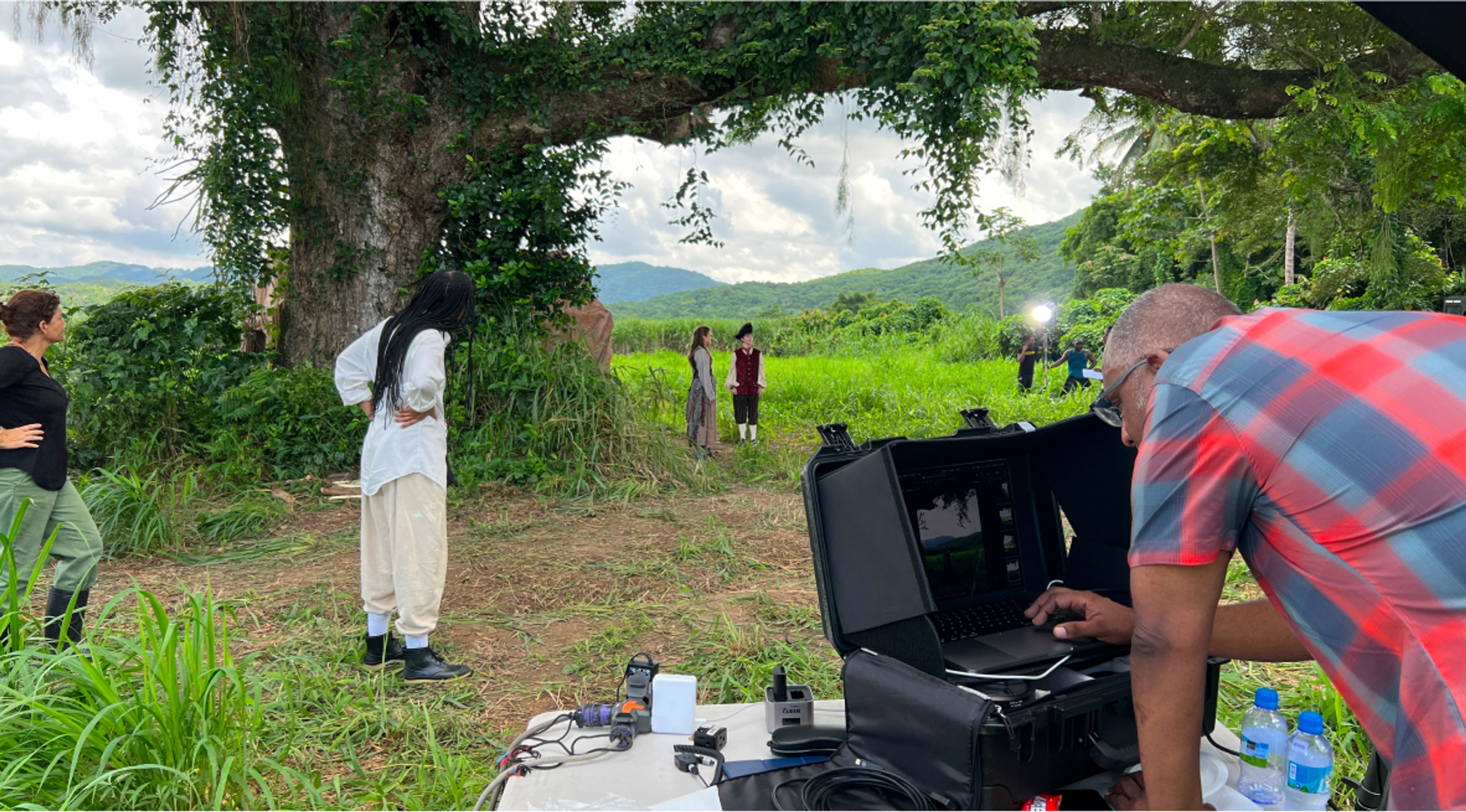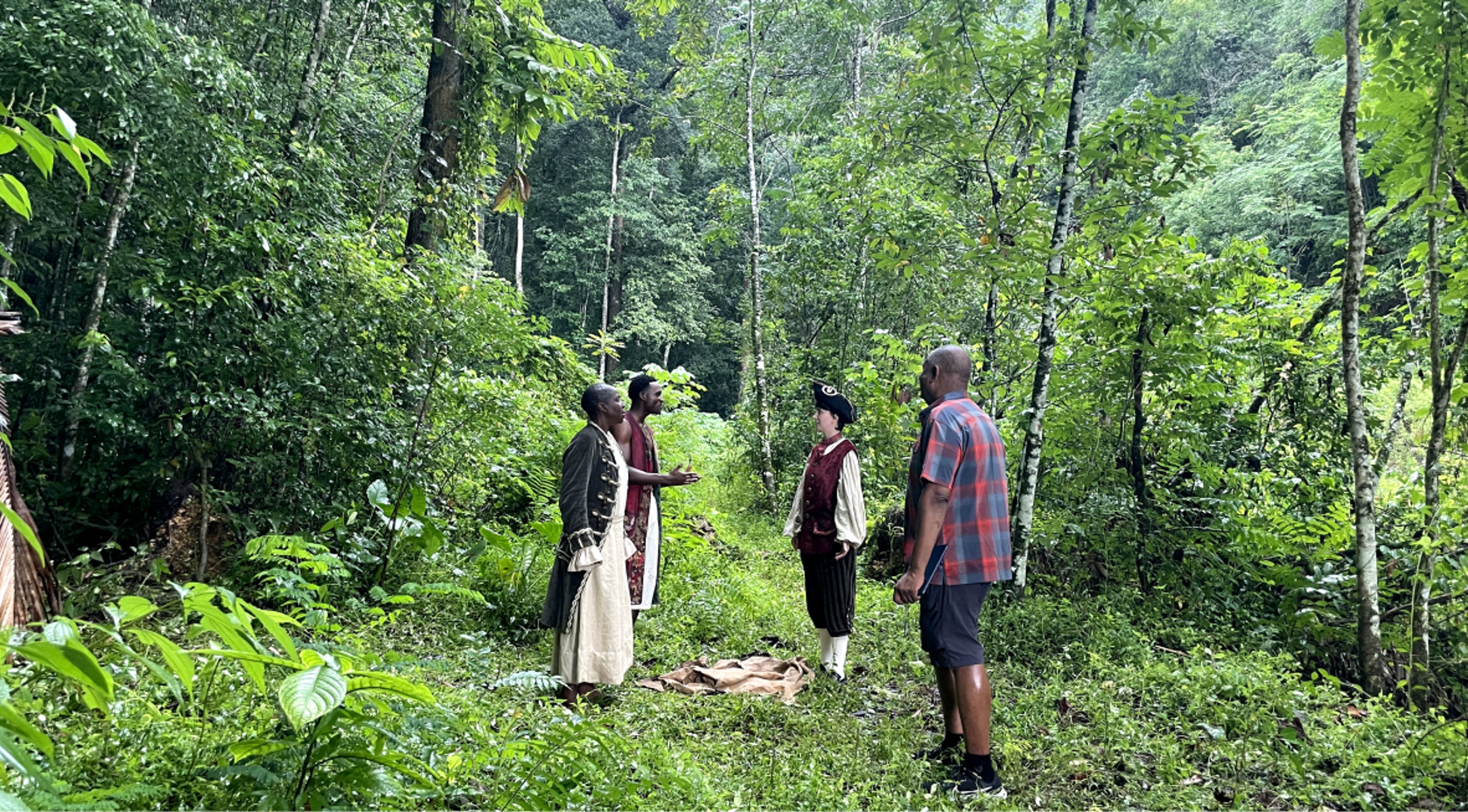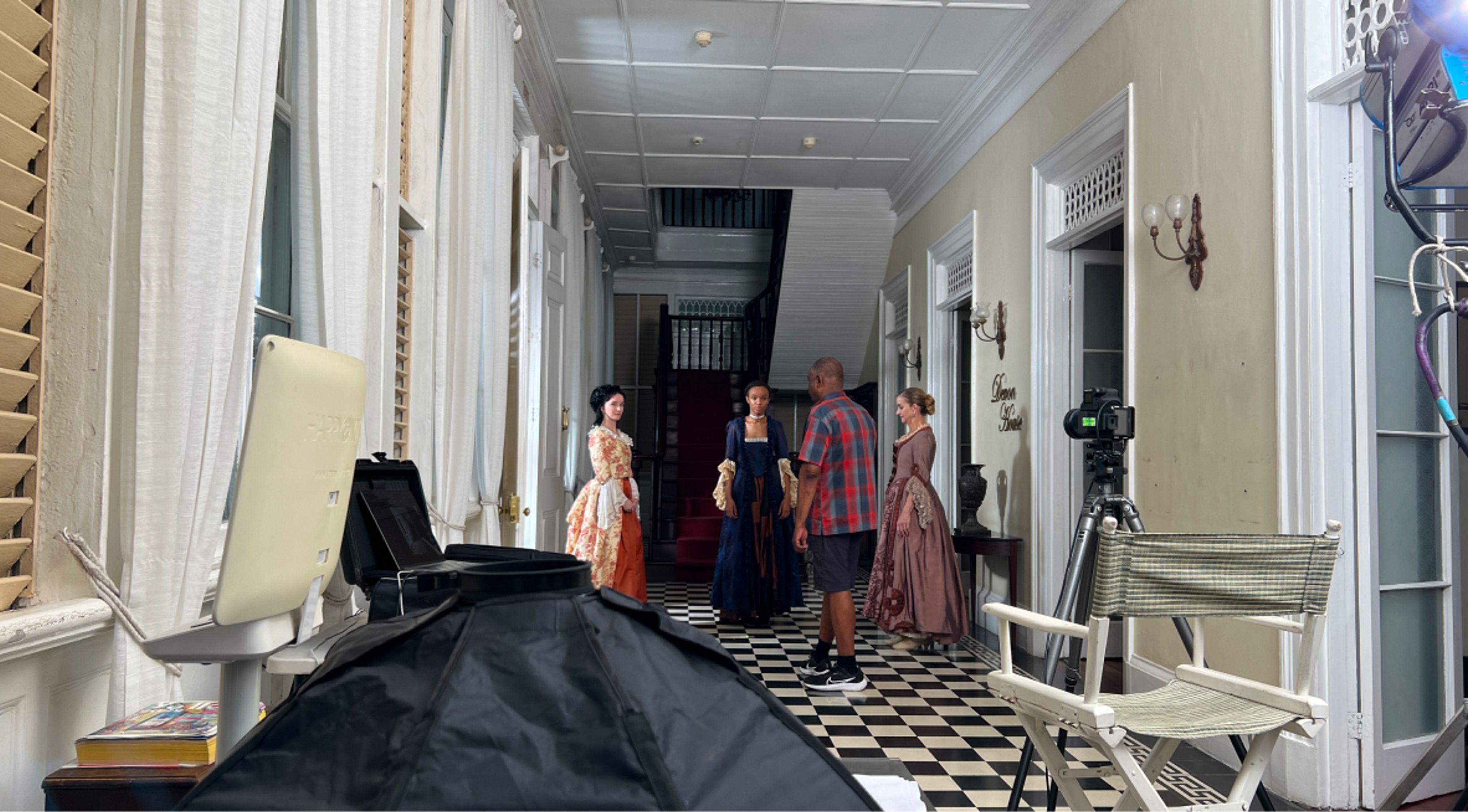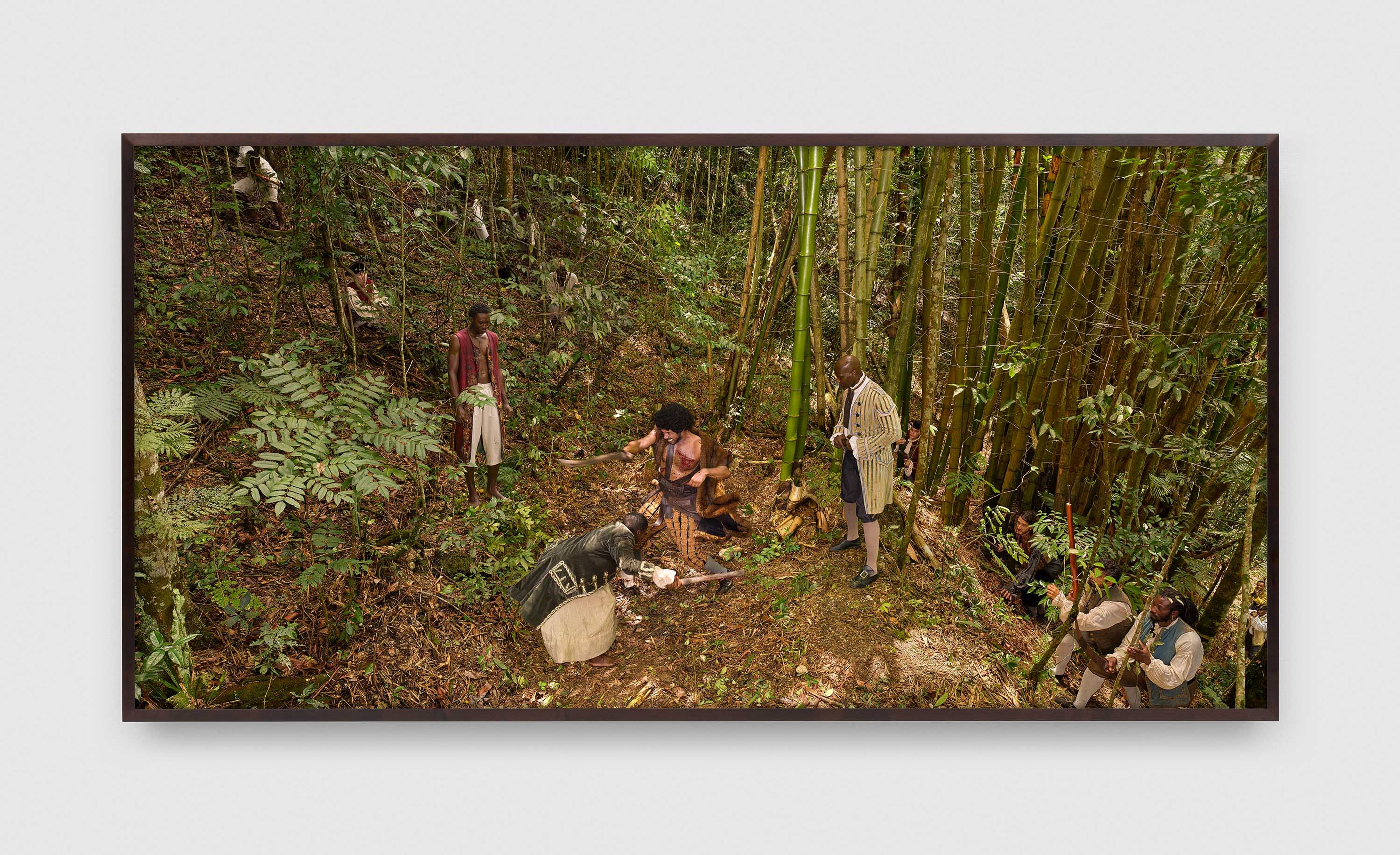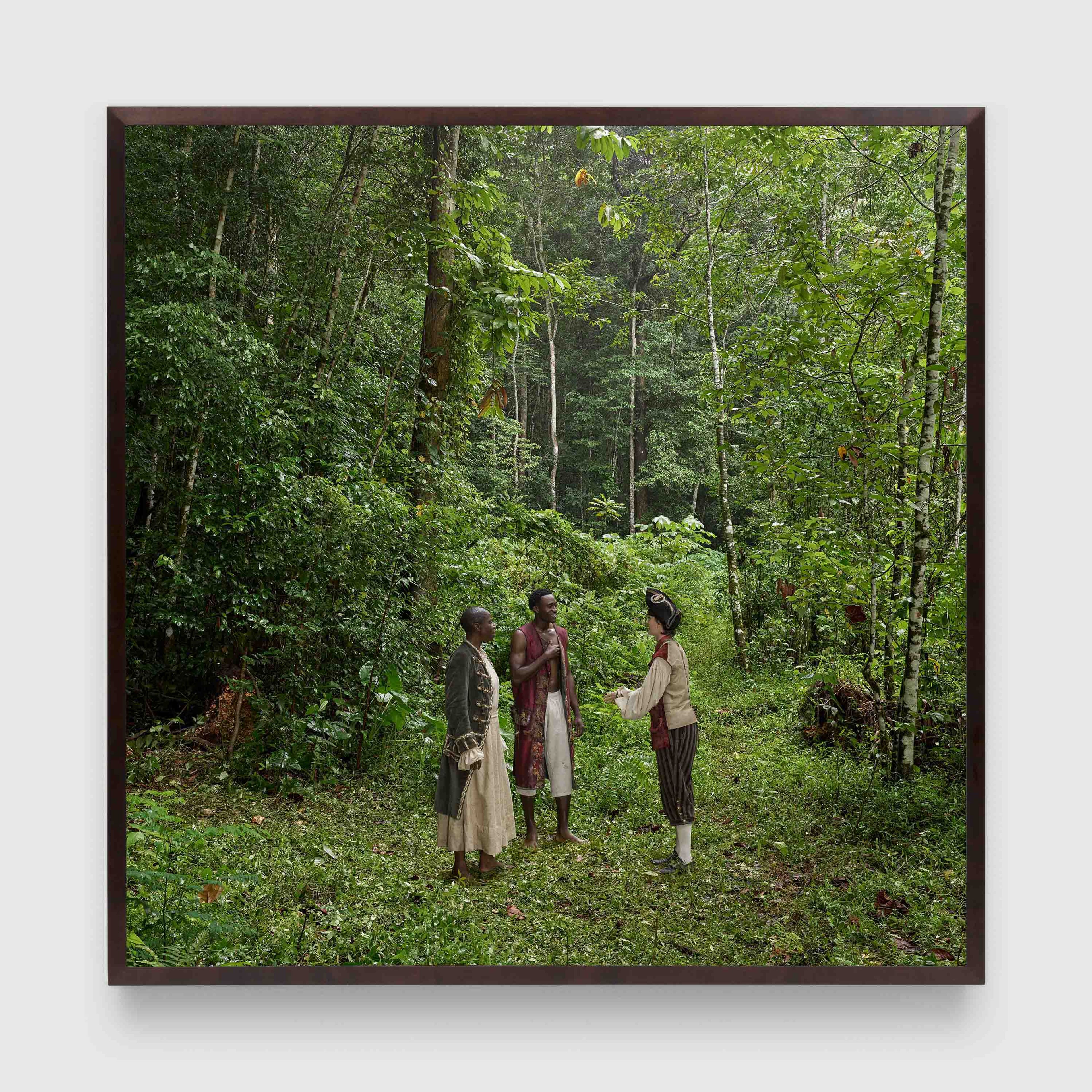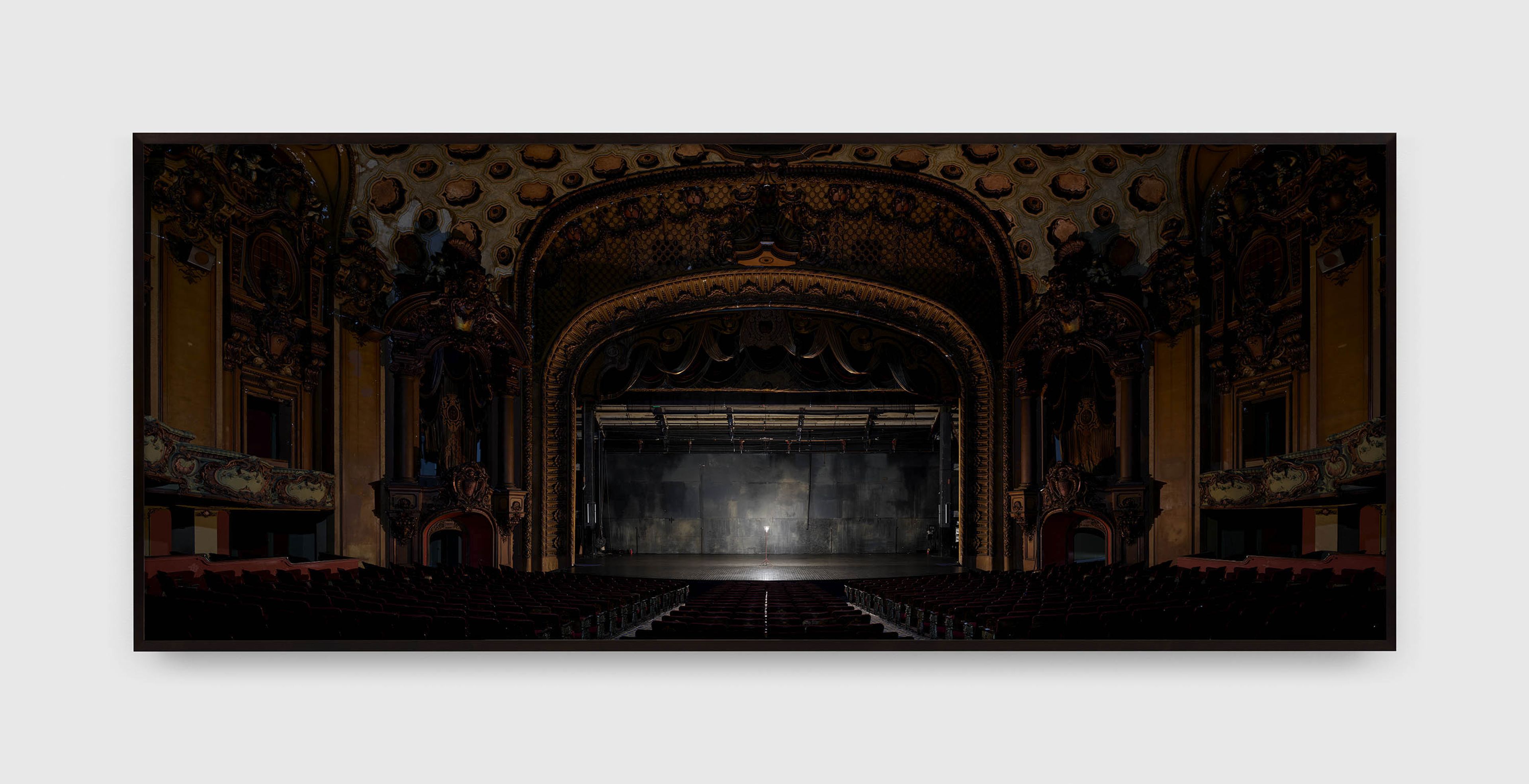Stan Douglas: The Enemy of All Mankind
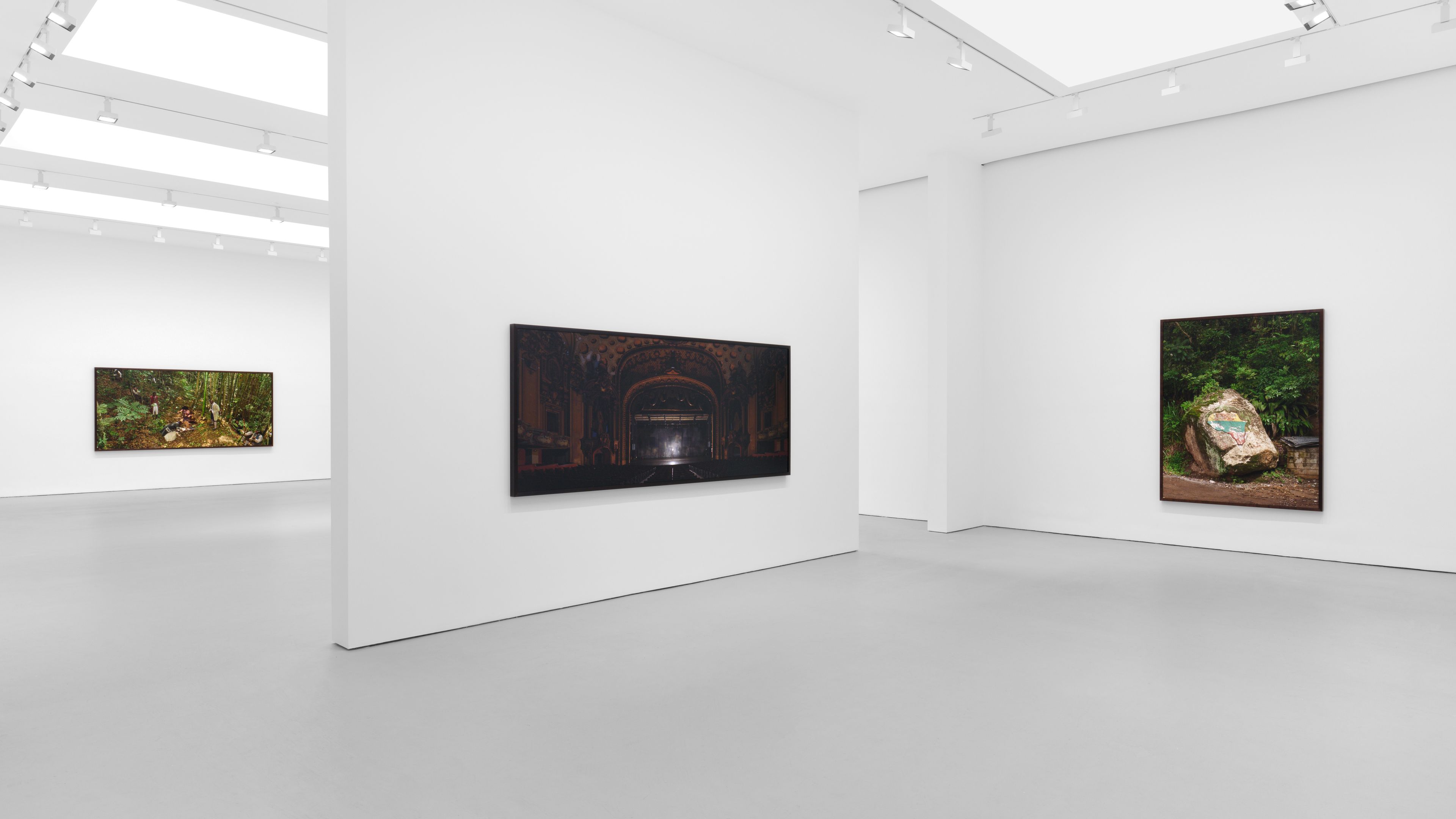
Installation view, Stan Douglas: The Enemy of All Mankind, David Zwirner, New York, 2024
Past
September 12—October 26, 2024
Opening Reception
Thursday, September 12, 6–8 PM
Opening Reception
Thursday, September 12, 6–8 PM
Location
New York: 19th Street
525 West 19th Street
New York, New York 10011
Tue, Wed, Thu, Fri, Sat: 10 AM-6 PM
Artist
Explore
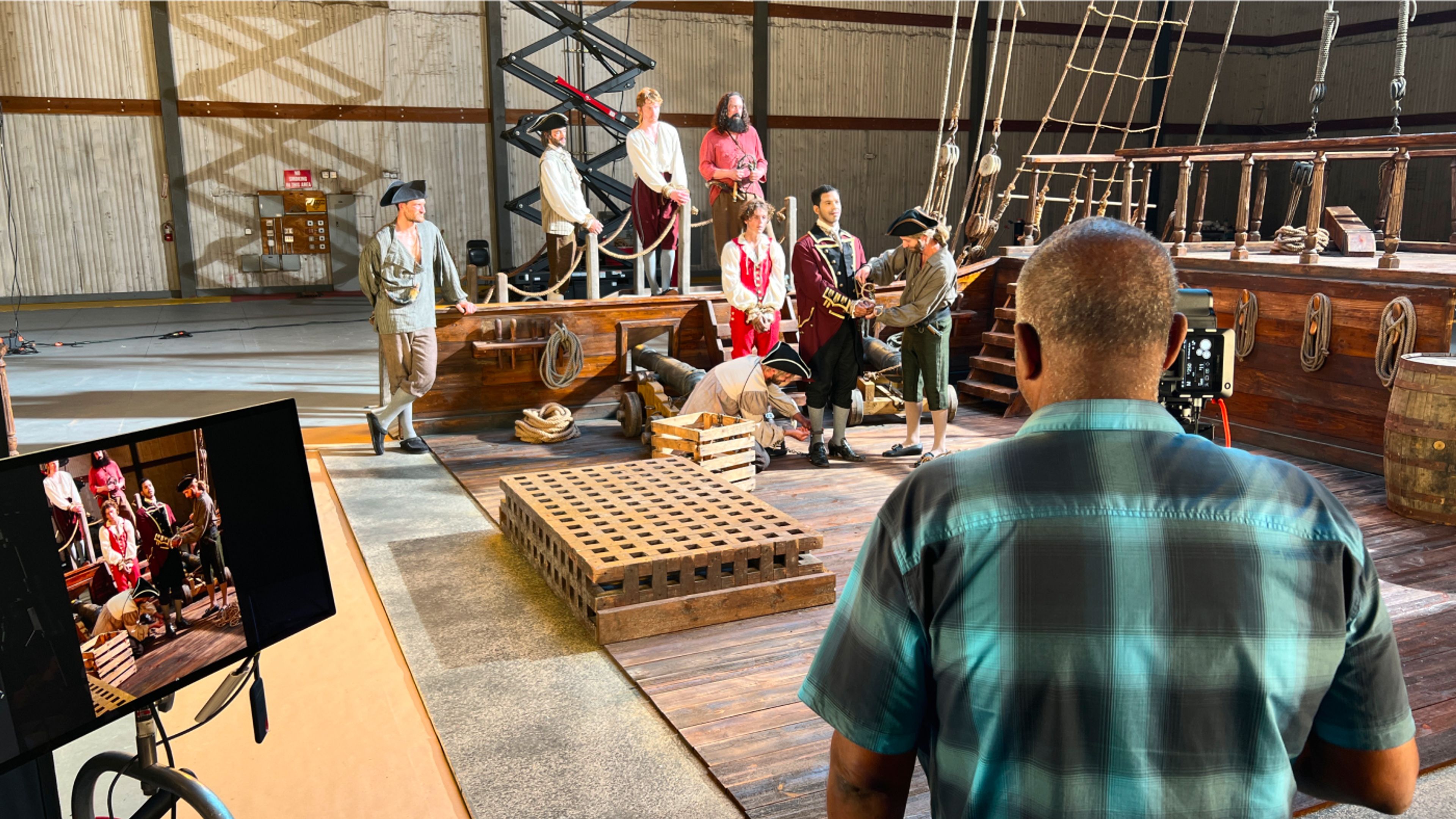
Stan Douglas on set for the making of The Enemy of All Mankind: Nine Scenes from John Gay’s Polly. Photo by Mariko Munro
“Stan Douglas utilizes forms of popular entertainment ... to destabilize narratives that depict society as a unified, homogeneous front with one history, one set of desires, and one value system.... [He] disrupts representational systems by introducing unsettling elements of difference. Issues of race and class infiltrate his entire project.”
—Nancy Spector, curator, critic, and art historian
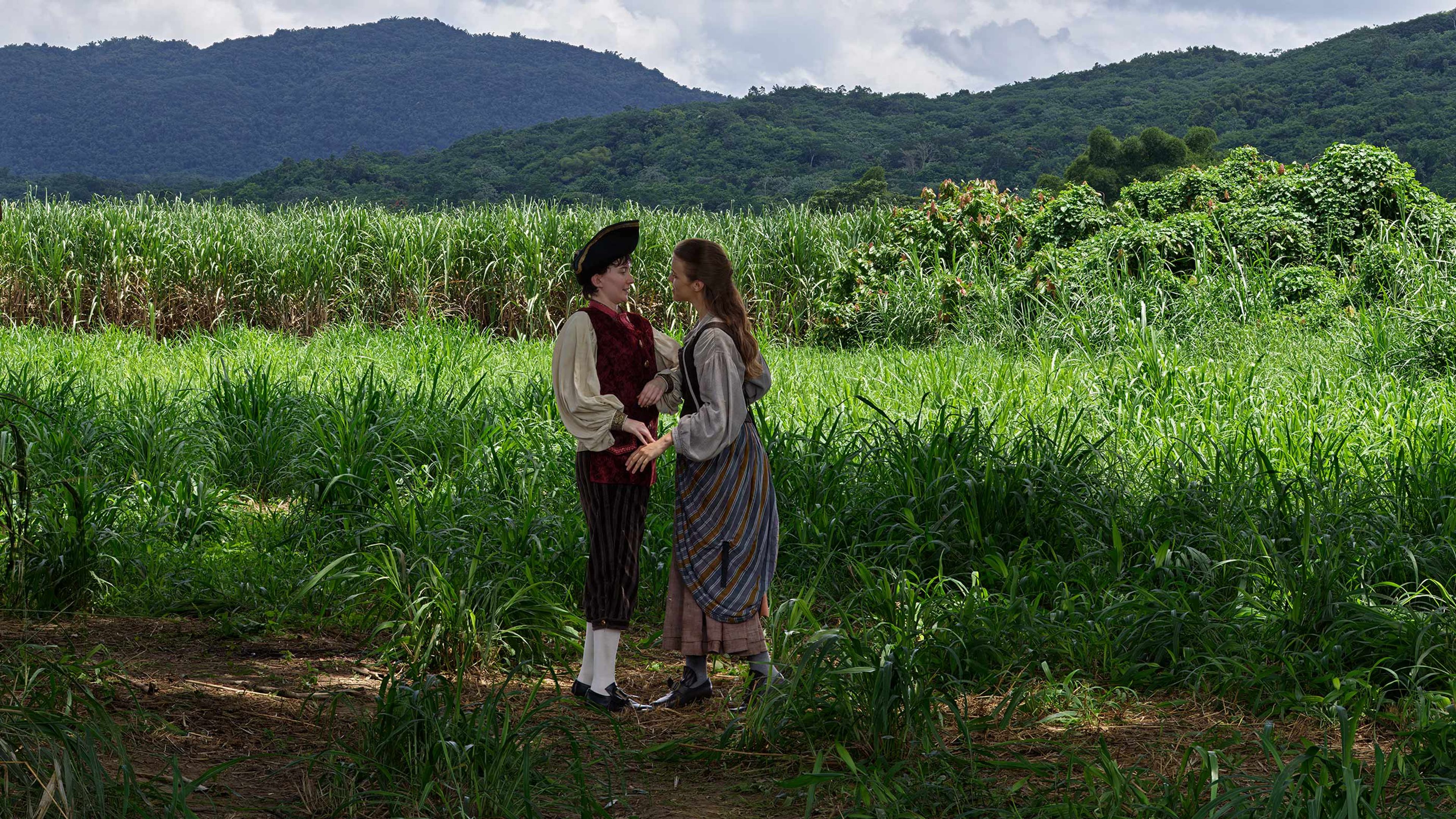
Stan Douglas, Act II, Scene VI: In which the Wife of Pirate Captain Morano, Jenny Diver, Attempts to Seduce Polly, Who is Disguised as a Man to Avoid Molestation, 2024 (detail)
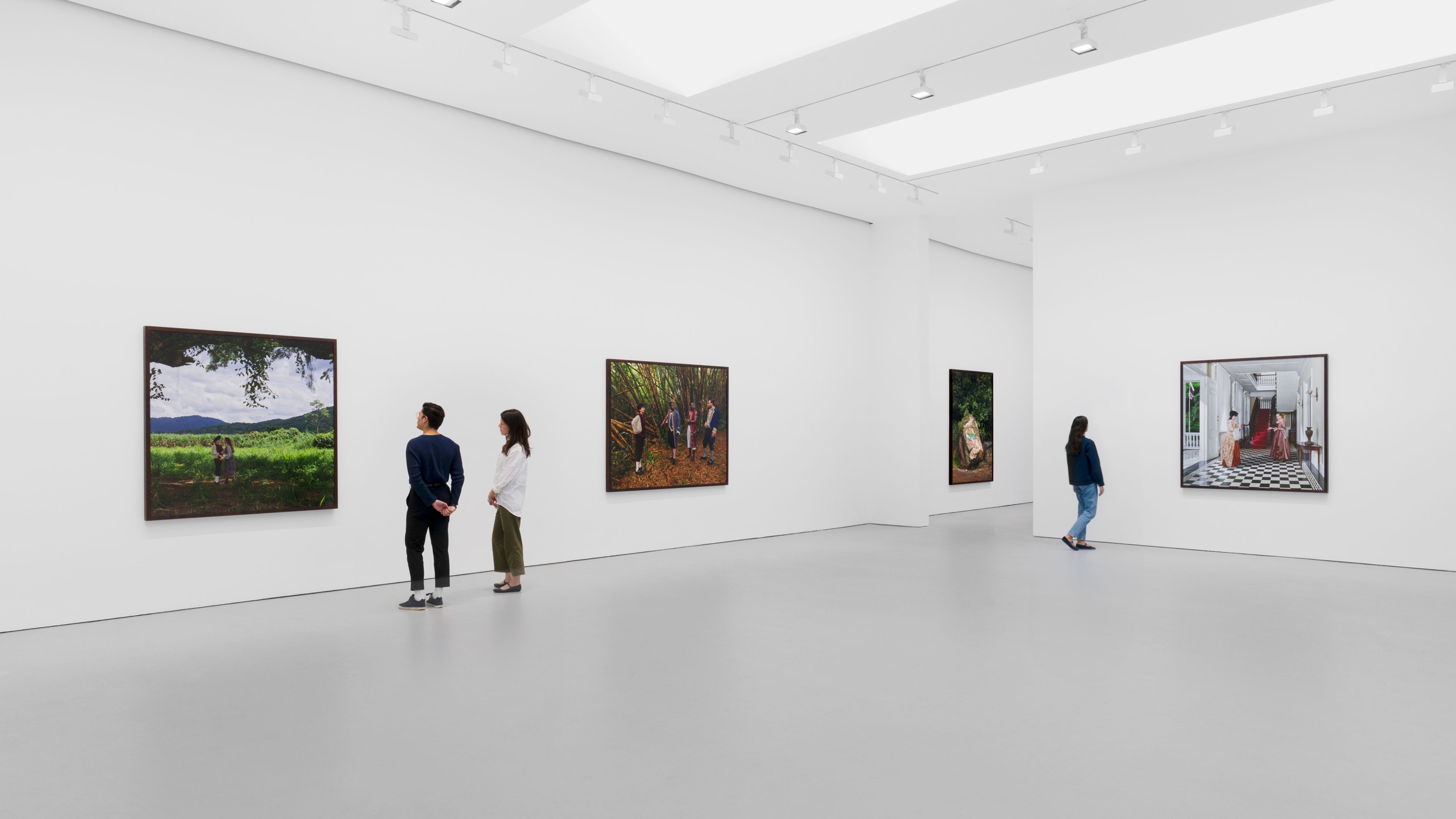
Installation view, Stan Douglas: The Enemy of All Mankind, David Zwirner, New York, 2024

Stan Douglas on set for the making of The Enemy of All Mankind: Nine Scenes from John Gay’s Polly. Photo by Mariko Munro
“There is no truly original cultural form; everything is always built on something else, otherwise it could not be understood. So I’m being honest about where these influences come from, but I’m also interested in what they meant in their own time so we can consider them diachronically.... I make works that in a sense are a place you go to, it’s not a narrative that you witness.”
—Stan Douglas in conversation with Roxana Marcoci, chief curator of photography, The Museum of Modern Art, New York
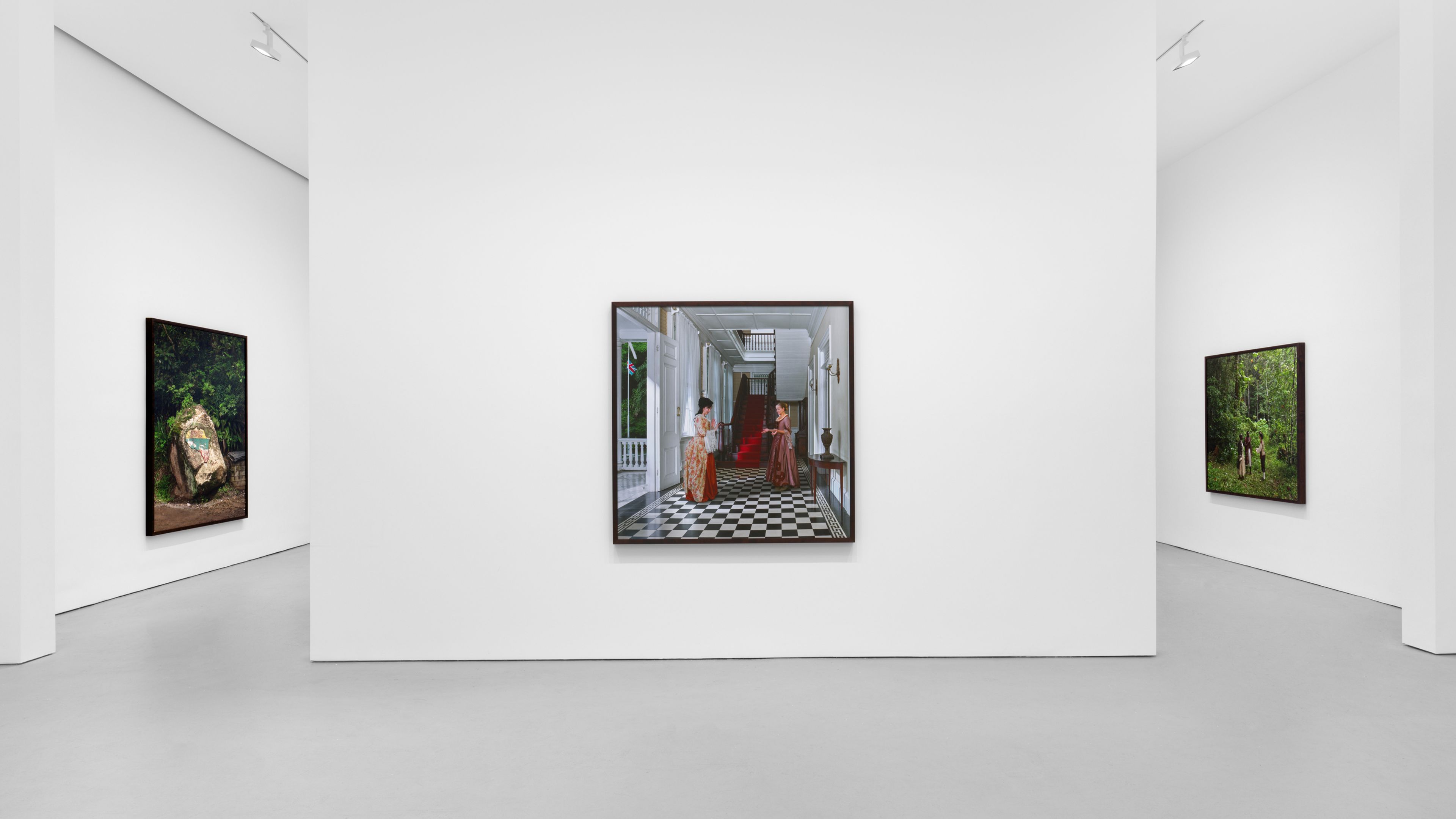
Installation view, Stan Douglas: The Enemy of All Mankind, David Zwirner, New York, 2024
Inquire about works by Stan Douglas

